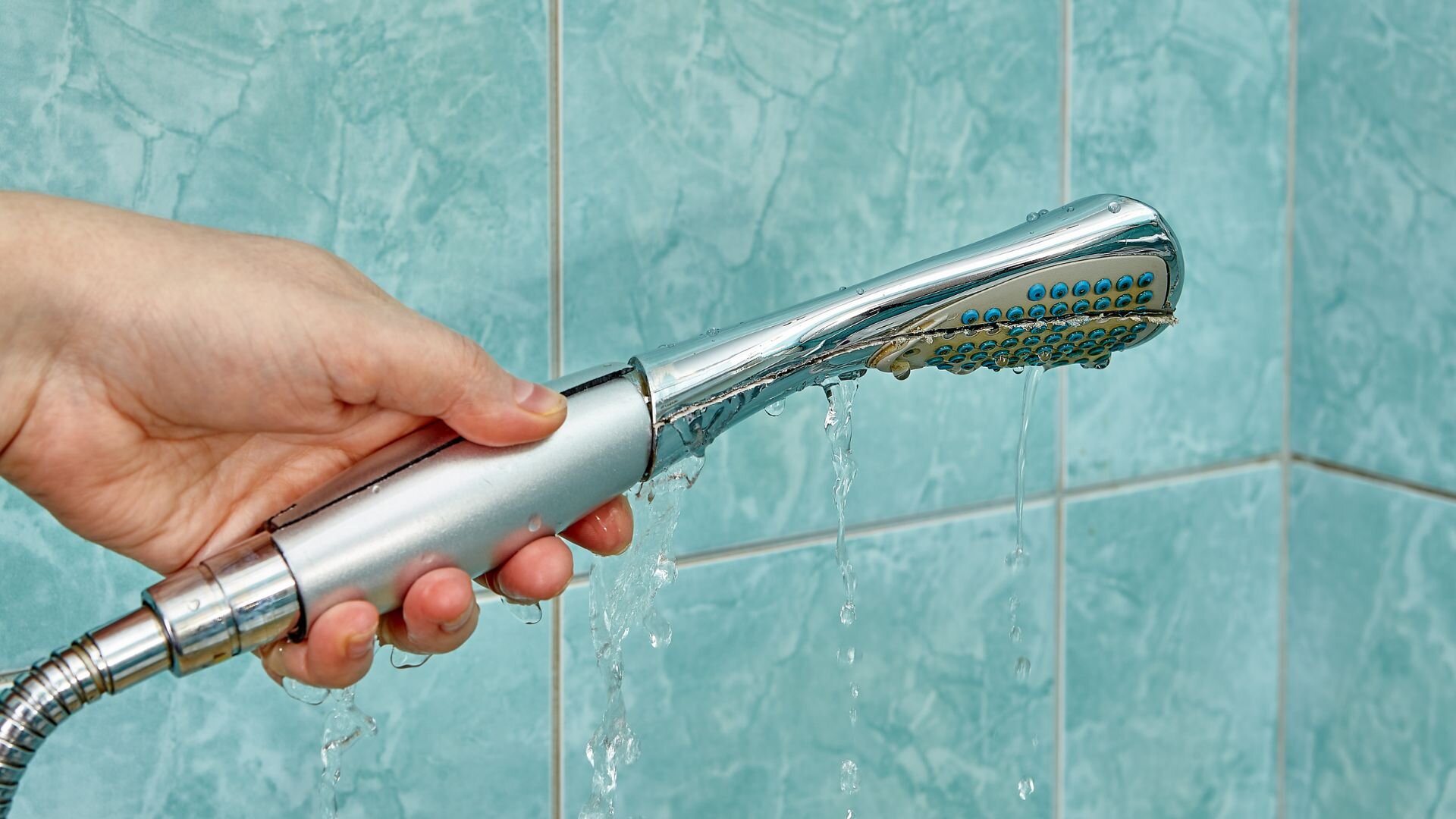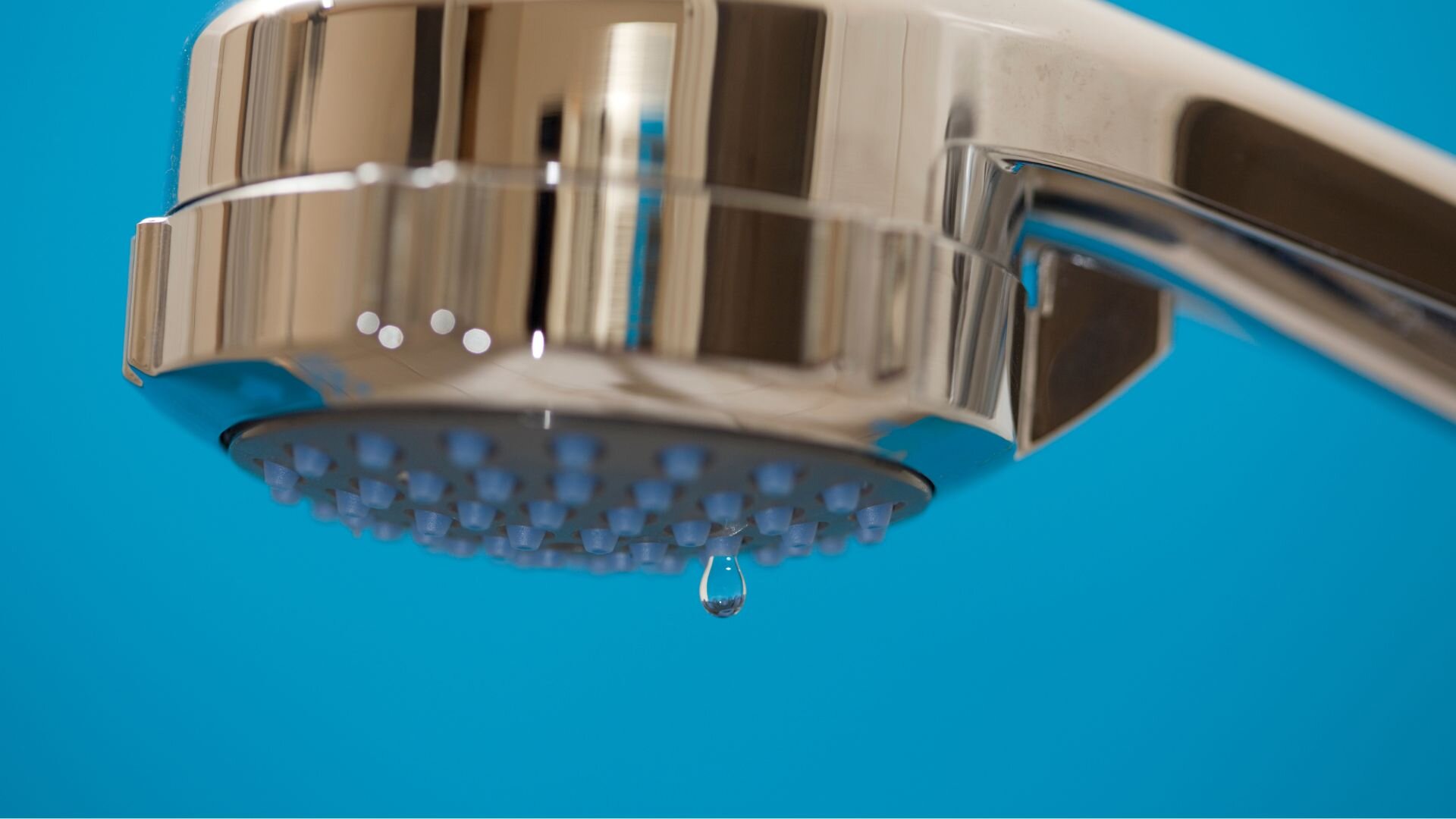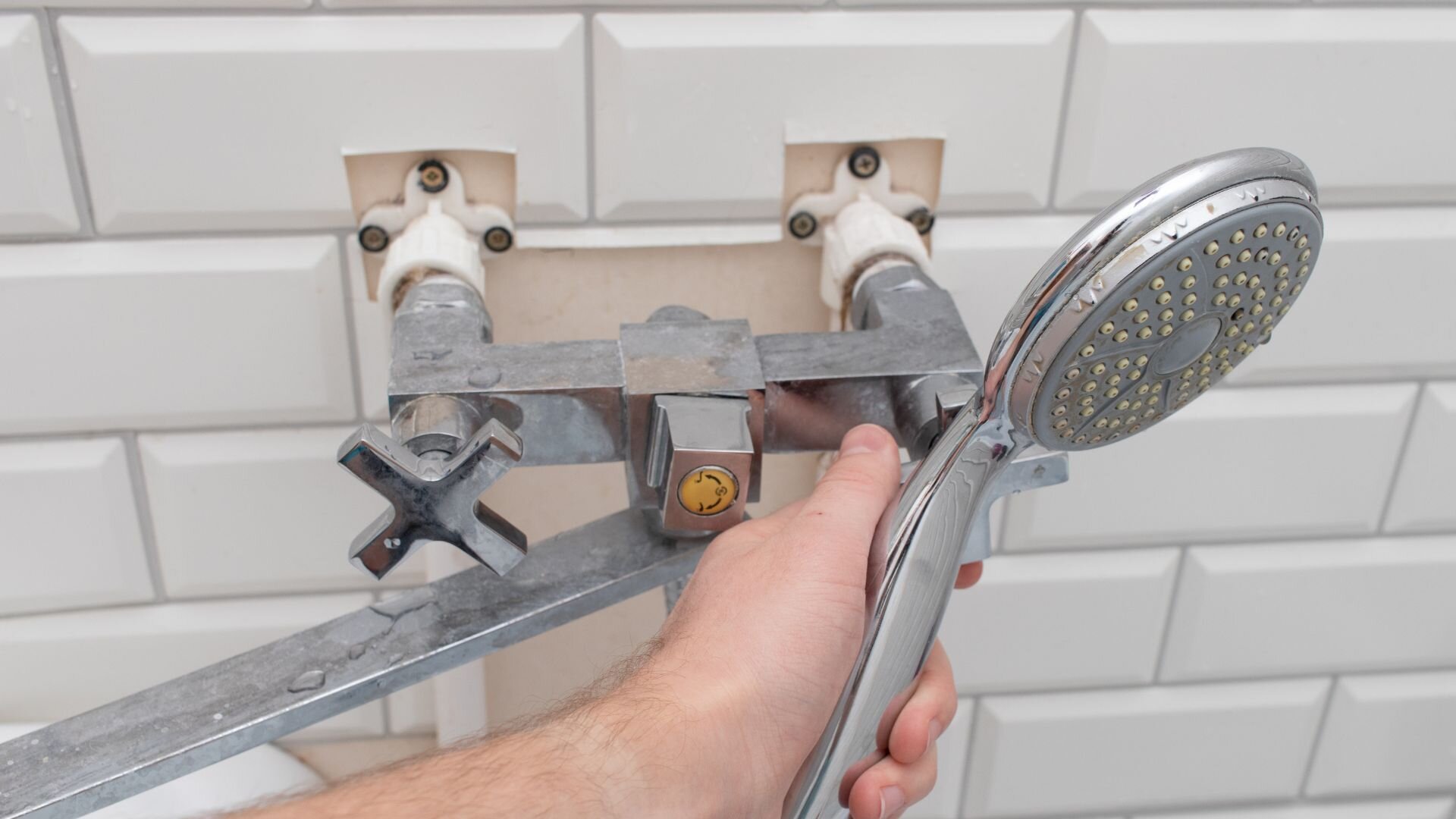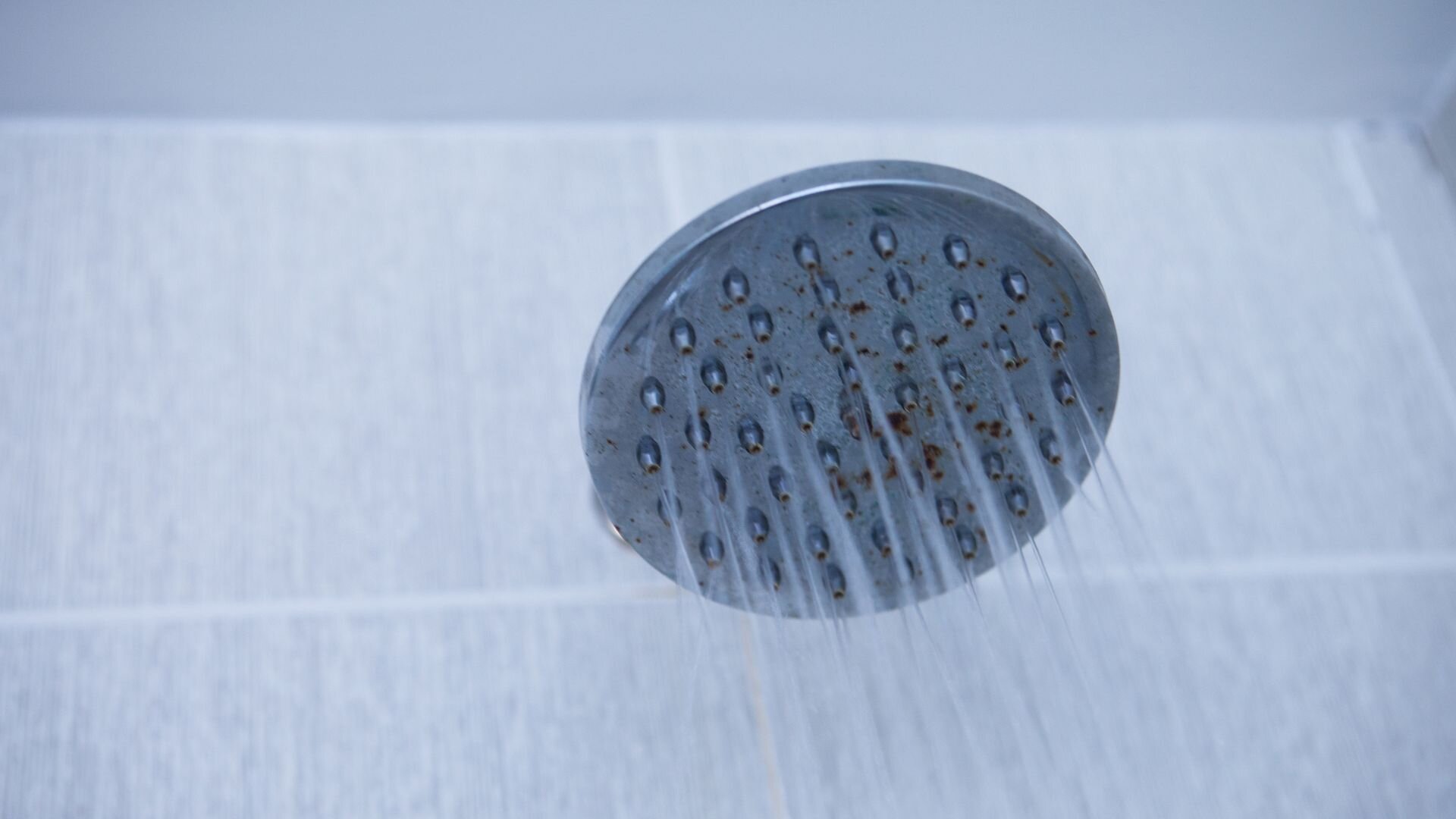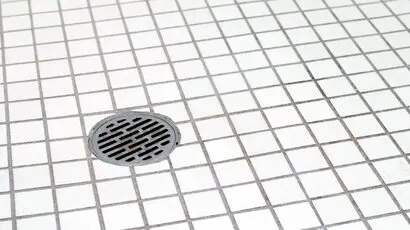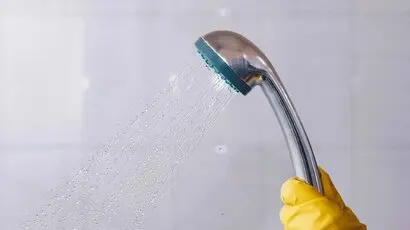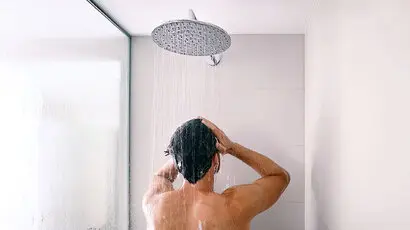There’s nothing quite like a refreshing, high-pressure shower to start your day feeling invigorated. However, many homeowners are disappointed when their once powerful stream dwindles to a mere trickle. A leaking shower head is often the culprit behind this frustrating decline in water pressure. While a dripping showerhead may seem minor, it can have far-reaching consequences beyond an unsatisfying shower experience.
Turning a blind eye to a dripping shower head means watching your water and money flow away. Even a small leak can waste gallons of water over time, pushing up your utility bills and straining vital resources. Still, many people tend to ignore this all-too-common issue around the house.
This comprehensive guide highlights the intricate relationship between leaking shower heads and diminished water pressure. We’ll explore the underlying causes and equip you with practical troubleshooting steps and preventive measures to restore your shower’s powerful, rejuvenating flow efficiently and cost-effectively.
Understanding the Impact of a Leaking Shower Head on Water Pressure
Water pressure and flow are the two primary factors determining the quality of your shower experience. Water pressure is the force that propels water through your plumbing system and out of the shower head, measured in units like pounds per square inch (psi) or kilopascals (kPa). The higher the water pressure, the more powerful and invigorating the water stream will feel.
Flow rate, on the other hand, refers to the volume of water being delivered, typically measured in gallons per minute (GPM) or litres per minute (LPM). A higher flow rate translates to a more substantial and satisfying water stream, creating a more enjoyable and refreshing shower.
![]()
Leaky shower heads upset the delicate balance of pressure and flow. As water trickles away, it reduces the overall flow rate, which in turn weakens the water pressure. This drop results in a less powerful and less invigorating shower.
The consequences of a leaking shower head extend far beyond an unsatisfying shower experience. Even a seemingly minor leak can lead to significant water wastage over time. According to the Environmental Protection Agency (EPA), a showerhead leaking at just ten drips per minute can waste up to 500 gallons (1,892 litres) of water annually. This unnecessary water loss strains natural resources and contributes to higher utility bills for homeowners.
Persistent leaks can cause bathroom water damage, leading to mould, structural issues, and pricey repairs. Fixing a dripping shower head swiftly is key to restoring water pressure, avoiding headaches down the line, and reducing both environmental and financial burdens.
Causes of a Leaking Shower Head
There are quite a few usual suspects when it comes to a leaky shower head, each needing a unique solution to fix the problem.
![]()
Mineral Buildup and Sediment Accumulation
One of the most prevalent causes is mineral build-up and sediment accumulation. Over time, hard water can leave behind mineral deposits, such as calcium and lime, which can clog the showerhead’s small openings and create obstructions that cause leaks.
Worn-out Washers or Gaskets
Another frequent issue is worn-out washers or gaskets. These small rubber components create a watertight seal between the shower head and the water supply line. However, as they age and deteriorate, they can no longer maintain a proper seal, allowing water to seep through and causing leaks.
Improper Installation or Faulty Components
Improper installation or faulty components can also contribute to leaking shower heads. If the shower head is not securely tightened or the components are defective, water can escape from various points, leading to leaks and reduced water pressure.
Age and General Wear and Tear
Finally, age and general wear and tear can damage even the most durable shower heads. Over time, constant exposure to water pressure and temperature fluctuations can cause the materials to degrade, leading to cracks, corrosion, or loosened connections, all of which can contribute to leaks.
Identifying the Root Cause
Identifying the specific cause of your leaking shower head is crucial for implementing the appropriate solution and restoring optimal water pressure. Whether it’s mineral build-up, worn-out gaskets, installation issues, or old age, addressing the root cause is essential to prevent further damage or water waste.
Identifying the underlying problem can lead to ineffective repairs and a persistent leak, exacerbating water damage, mould growth, and unnecessary water consumption.
By accurately diagnosing the cause, you can target the issue directly, whether it’s descaling the shower head, replacing faulty components, or considering a complete replacement if the unit is too old or damaged.
Taking the time to pinpoint the root cause of a leaking shower head ensures a long-lasting solution. It helps preserve your home’s plumbing system and minimise the environmental impact of wasted water. A thorough investigation and targeted approach are key to resolving the problem effectively.
Troubleshooting Steps
After you’ve figured out why your shower head is leaking, it’s time to get cracking. Here are four handy steps to help you tackle the problem:
![]()
Step 1: Inspect the Shower Head for Visible Leaks and Damage
Begin by carefully examining the shower head for any obvious signs of leaks or damage. Look for cracks, corrosion, or loose connections, allowing water to escape. Also, check the shower arm (the pipe connecting the shower head to the wall) for any visible issues.
Step 2: Clean the Shower Head to Remove Mineral Buildup
If mineral build-up or sediment accumulation is the suspected culprit, you must clean the shower head thoroughly. Start by unscrewing the shower head from the arm and soaking it in a vinegar or CLR (Calcium, Lime, and Rust Remover) solution for several hours or overnight. This will help dissolve any mineral deposits clogging the small openings. After soaking, use an old toothbrush or a small brush to remove any remaining build-up.
Step 3: Replace Washers, Gaskets, or the Entire Shower Head if Necessary
If the leak persists after cleaning or you notice worn-out washers or gaskets, it’s time to replace them. Washers and gaskets are inexpensive components that create a watertight seal between the shower head and the shower arm. Replacing them can often resolve leaks caused by deterioration or age.
In some cases, however, the entire shower head may need to be replaced, especially if it’s old, damaged, or low-quality. Look for a high-quality, durable shower head designed to resist mineral build-up and corrosion.
Step 4: Check for Obstructions in the Water Supply Line
If the previous steps don’t resolve the issue, there may be an obstruction or blockage in the water supply line leading to the shower head. Turn off the water supply and inspect the line for any debris, kinks, or clogs that could be restricting water flow and causing leaks. If you find an obstruction, clear it out or consider replacing the supply line if it’s damaged or corroded.
Preventive Measures
While troubleshooting a leaking shower head is important, taking preventive measures can help avoid such issues in the future and prolong the lifespan of your shower head. Here are some preventive measures to consider:
![]()
Importance of Regular Maintenance and Cleaning
Regular maintenance and cleaning are crucial to prevent mineral build-up and sediment accumulation, which can lead to clogs and leaks. Make it a habit to clean your shower head periodically with vinegar or CLR solution, and use a soft brush to remove any stubborn deposits.
Choosing High-Quality, Durable Shower Heads
Invest in high-quality, durable shower heads that resist corrosion, mineral build-up, and wear and tear. Look for shower heads made from solid brass or stainless steel; these materials are more damage-resistant and can withstand higher water pressures.
Considering Water Softeners or Filters
If you live in an area with hard water, consider installing a water softener or filter system. These devices can help remove minerals and sediments from the water supply, reducing the likelihood of build-up and extending the life of your plumbing fixtures, including your shower head.
Proper Installation Techniques
Proper installation is crucial to ensuring a secure fit and alignment, preventing leaks and minimising the risk of damage. Follow the manufacturer’s instructions carefully, and consider hiring a professional plumber for complex installations if you’re unsure about the process.
When to Call a Professional
While some leaking shower head issues can be resolved through DIY troubleshooting, there are certain situations where it’s advisable to call in a professional for assistance:
![]()
Signs that Indicate the Need for Professional Assistance
- Persistent leaks despite your best efforts to repair or replace components
- Visible damage to the water supply line or plumbing fixtures
- Suspicion of a more significant underlying issue, such as a faulty valve or pipe corrosion
Benefits of Hiring a Licensed and Experienced Plumber
- Expertise in identifying and resolving complex plumbing problems
- Access to specialised tools and equipment for efficient repairs
- Knowledge of building codes and regulations to ensure compliance
Scenarios Where DIY Efforts May Not Be Sufficient or Advisable
- Extensive renovations or plumbing system overhauls
- Aging or outdated plumbing infrastructure that requires professional assessment
- Situations where accessibility or safety concerns are present
Knowing when to call in a professional can save you time, money, and frustration in the long run. A licensed and experienced plumber can quickly diagnose and resolve shower head leaks, ensuring a lasting solution and preventing further damage to your plumbing system.
Don’t Let Leaks Dampen Your Shower Experience
A leaking shower head can be more than just a nuisance; it can lead to water waste, potential damage, and an unsatisfying shower experience. By understanding the common causes, such as mineral build-up, worn-out components, improper installation, or age-related wear and tear, you can take targeted steps to address the issue effectively.
Whether you troubleshoot the problem yourself or seek professional assistance, the key is identifying the root cause and implementing the appropriate solution. Follow the step-by-step troubleshooting guide, from inspecting for visible leaks to cleaning, replacing washers or gaskets, and checking for obstructions in the water supply line.
Implementing preventive measures, such as regular maintenance, choosing high-quality shower heads, considering water softeners or filters, and ensuring proper installation, can go a long way in avoiding future leaks and extending the lifespan of your shower head.
Don’t let a leaking shower head dampen your daily routine or contribute to unnecessary water waste and potential damage. By taking action and seeking professional help when needed, you can restore optimal water pressure, enjoy a refreshing shower experience, and contribute to water conservation efforts.
Our licensed and experienced plumbers at WP Plumbing are ready to assist you with any showerhead or plumbing issues. Call us today, and let us help you maintain a well-functioning, leak-free shower for years to come.

